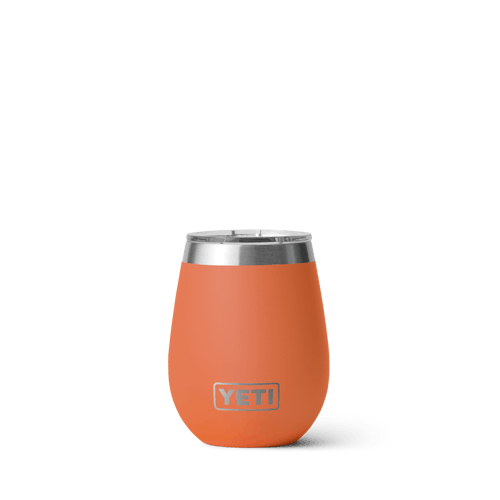
Back when I began to take climbing seriously, I started to view food as directly linked to performance. If I’m not fueling to the best of my ability, my climbing will reflect that. Even when I was living out of my grandma’s Oldsmobile, cooking healthy was nonnegotiable.
Years later, when my husband and I made the switch from a Honda Element to a Sprinter 2500, we traded 25 cubic feet of capacity for over 500. We no longer lived in a constant state of tetris, didn’t have to cook outside, could travel with more supplies, and thus, were able to stay out longer. From a cooking lens, this was an absolute gamechanger.









